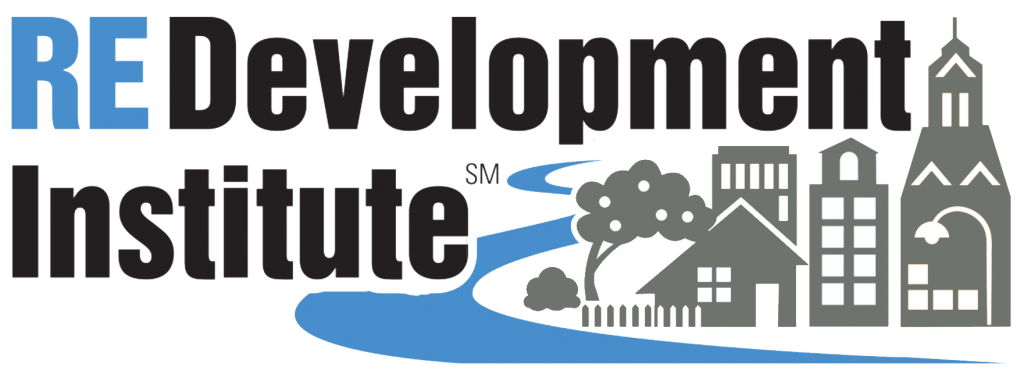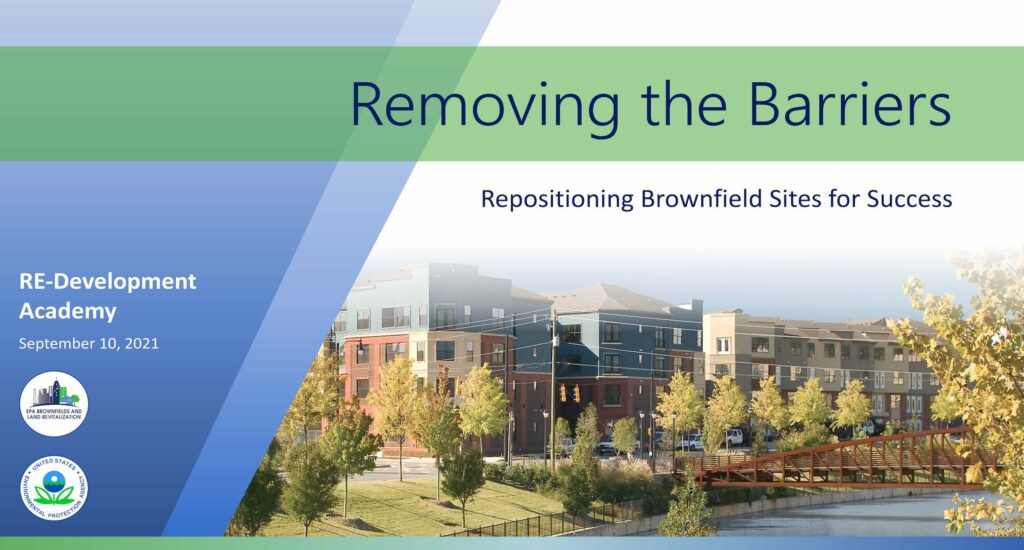As part of USEPA’s Re-Development Academy, part 1 of the 3-part webinar series discusses how repositioning can make the difference between redevelopments that succeed and those that fail—and it’s more than just marketing. Repositioning is a term used in the real-estate world to describe actions that prepare a site for reuse or redevelopment. This is especially crucial with brownfields sites because environmental impacts can cause time delays and create unknown costs and liabilities. This webinar discussed how to identify constraints on redevelopment by conducting a reuse assessment and the tools that can be used in the reuse planning process to remove or reduce those constraints. The discussion addressed the typical environmental impediments found at brownfield sites, but also physical and legal issues that impact the ability to redevelop a property. The webinar helped participants to understand the different types of constraints, prioritize the ones that must be addressed prior to bringing a site to market, and recognizing those that a developer might be willing to take on upon purchase of the property. The webinar included real-world examples that focus on tough sites in distressed communities. It can be viewed here.

